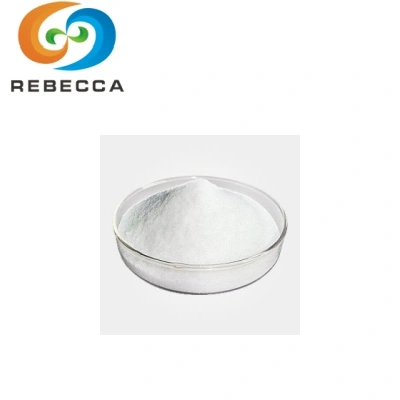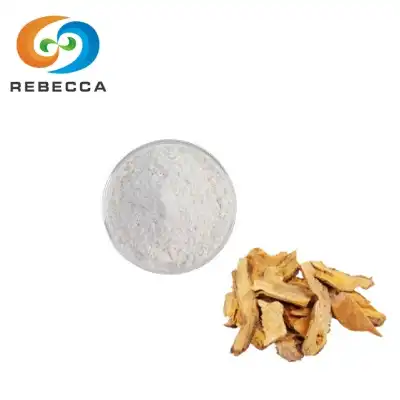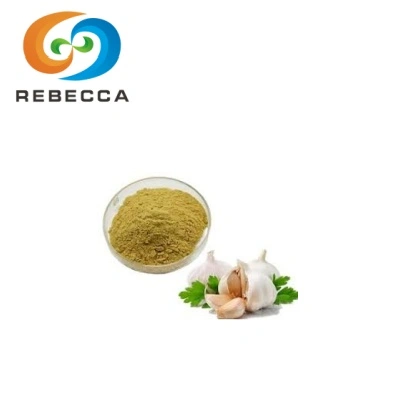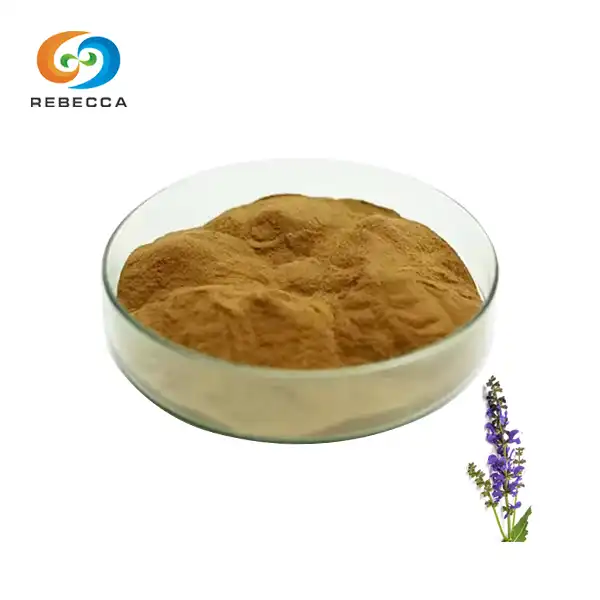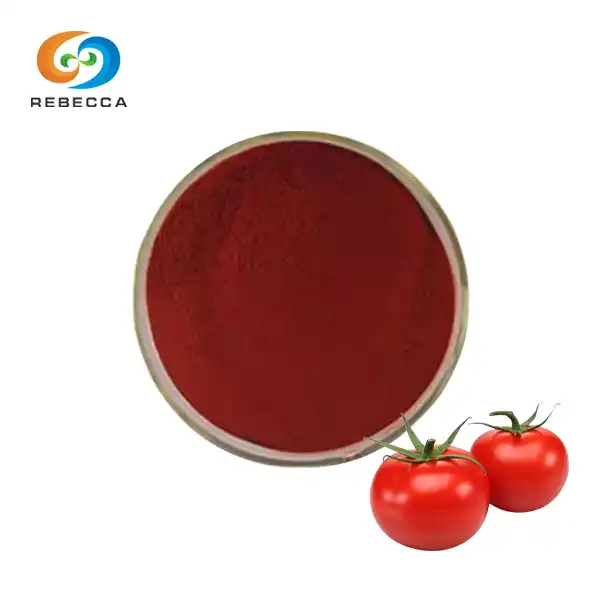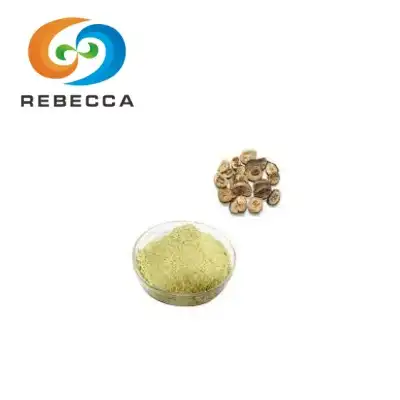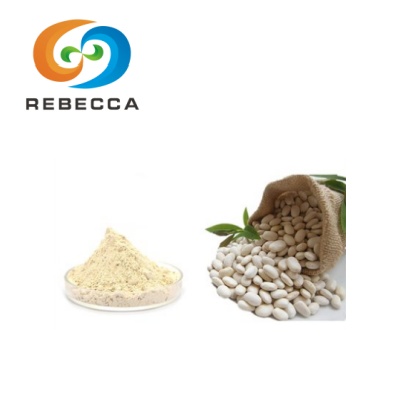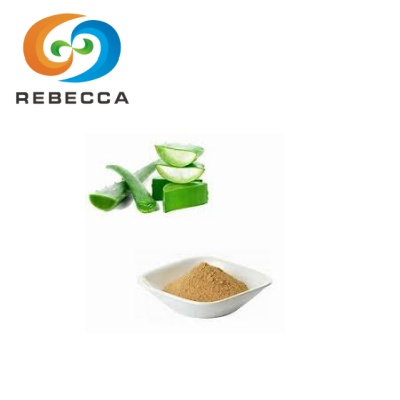What is another name for tomato extract?
tomato extract, a versatile ingredient derived from the Solanum lycopersicum fruit, is also known by its scientific name: Solanum Lycopersicum Fruit Extract. This alternative nomenclature is commonly used in cosmetic and skincare formulations, adhering to the International Nomenclature of Cosmetic Ingredients (INCI) standards.
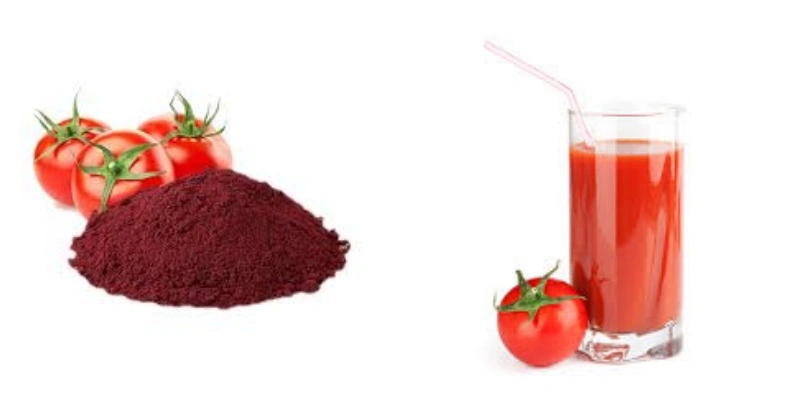
Tomato Extract
English name: Tomato extract
Latin Name: Lycopersicon esculentum
CAS No.: 502-65-8
Molecular formula:C40H56
Molecular Weight: 536.88
active ingredients: lycopene
Specification: 5%~98%
Use Part : fruit
Appearance: Dark red powder
Mesh size:80 Mesh
Test Method: HPLC
Solanum Lycopersicum Fruit Extract
Botanical origin of tomato extract
Tomato extract originates from the Solanum lycopersicum plant, a member of the Solanaceae family. Native to South America, tomatoes have been cultivated for centuries and are now grown worldwide. The fruit's rich nutritional profile, including vitamins, minerals, and phytochemicals, contributes to the extract's potent properties.
The tomato plant thrives in warm climates and requires full sun exposure for optimal growth. Farmers carefully nurture these plants, ensuring proper irrigation and pest control to produce high-quality fruits. Once harvested, the tomatoes undergo a meticulous extraction process to isolate the beneficial compounds.
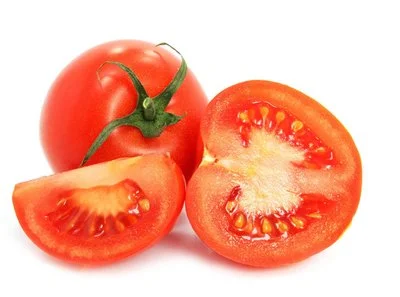
INCI naming conventions for cosmetic ingredients
The International Nomenclature of Cosmetic Ingredients (INCI) system provides standardized names for cosmetic ingredients globally. This naming convention ensures consistency and transparency in product labeling across different countries and regulatory bodies. In the case of tomato extract, the INCI name "Solanum Lycopersicum Fruit Extract" clearly identifies its botanical source and the part of the plant used.
INCI names are crucial for cosmetic chemists, formulators, and regulatory professionals. They facilitate accurate ingredient identification, support regulatory compliance, and help consumers make informed choices about the products they use. When you encounter "Solanum Lycopersicum Fruit Extract" on a product label, you can be confident that it refers to tomato extract.
Tomato extract in skincare: Benefits and applications
Tomato extract has gained popularity in the skincare industry due to its numerous benefits. Its high antioxidant content, particularly lycopene, helps protect the skin from free radical damage and environmental stressors. This protection may contribute to a more youthful appearance and improved skin health.
In skincare formulations, tomato extract is often incorporated into:
- Anti-aging serums and creams
- Sun protection products
- Brightening treatments
- Moisturizers for all skin types
The extract's natural astringent properties make it suitable for oily and acne-prone skin, helping to balance sebum production and refine pore appearance. Additionally, its vitamin C content supports collagen production, promoting skin elasticity and firmness.

Industry Terms: Decoding Tomato Extract Labels
Lycopene: The powerhouse antioxidant in tomato extract
Lycopene stands out as the primary bioactive compound in tomato extract, responsible for many of its beneficial properties. This potent carotenoid antioxidant gives tomatoes their characteristic red color and offers significant health benefits. In the context of skincare and nutraceuticals, lycopene's ability to neutralize free radicals makes it a valuable ingredient for protecting cells from oxidative stress.
Research has shown that lycopene may help:
- Reduce UV-induced skin damage
- Improve skin texture and tone
- Support cardiovascular health
- Promote overall cellular health
Standardization: Understanding extract potency
Standardization is a crucial process in the production of tomato extract, ensuring consistent quality and efficacy across different batches. This process involves adjusting the concentration of specific compounds, typically lycopene, to meet predetermined specifications. standardized extracts provide manufacturers and formulators with reliable, reproducible results in their products.
When evaluating tomato extract, you may encounter terms like:
- "Standardized to X% lycopene"
- "Contains Y mg of lycopene per serving"
These standardization parameters help professionals in the pharmaceutical, nutraceutical, and cosmetic industries ensure product consistency and efficacy.
Extraction methods: CO2, solvent, and water-based
The method used to extract beneficial compounds from tomatoes significantly impacts the final product's quality and composition. Three primary extraction methods are commonly employed:
- CO2 extraction: This method uses supercritical carbon dioxide to extract compounds from tomatoes. It's considered environmentally friendly and produces a pure extract without solvent residues.
- Solvent extraction: Organic solvents like ethanol or hexane are used to isolate tomato compounds. While effective, this method requires careful processing to remove all solvent traces.
- Water-based extraction: This gentler method uses water as the extraction medium. It's suitable for water-soluble compounds but may not be as effective for extracting lycopene and other fat-soluble components.
Each extraction method has its advantages and is chosen based on the desired end product and application. The choice of extraction method can affect the extract's purity, potency, and overall quality.
Consumer Guide: Recognizing Tomato Extract Variants
Tomato seed oil: A nourishing skincare ingredient
Tomato seed oil is a specialized form of tomato extract, derived specifically from the seeds of the fruit. This golden oil is rich in essential fatty acids, particularly linoleic acid, which makes it highly beneficial for skin health. Its lightweight texture and non-comedogenic properties make it suitable for various skin types, including oily and acne-prone skin.
Key benefits of tomato seed oil in skincare include:
- Moisturizing properties without clogging pores
- Supporting skin barrier function
- Providing antioxidant protection
- Promoting a healthy, radiant complexion
Tomato powder: Versatile supplement form
Tomato powder is a concentrated form of tomato extract, created by dehydrating and grinding whole tomatoes or tomato pulp. This powder form offers convenience and versatility in various applications, from dietary supplements to food products. Rich in vitamins, minerals, and lycopene, tomato powder provides a concentrated source of tomato's beneficial compounds.
Applications of tomato powder include:
- Dietary supplement capsules or tablets
- Functional food ingredients
- Natural food coloring
- Flavor enhancer in culinary applications

Tomato juice concentrate: Beverage industry applications
Tomato juice concentrate is a highly concentrated form of tomato extract, primarily used in the beverage industry. This product is created by removing water from tomato juice, resulting in a thick, flavorful concentrate. Manufacturers use this concentrate to produce tomato juice, vegetable juice blends, and other tomato-based beverages.
Benefits of using tomato juice concentrate include:
- Extended shelf life compared to fresh tomatoes
- Consistent flavor profile across batches
- Reduced transportation and storage costs
- Versatility in formulating various beverage products
Tomato extract, also known as Solanum Lycopersicum Fruit Extract, is a versatile ingredient with applications across various industries. From skincare to dietary supplements and beverages, its rich nutritional profile and potent antioxidant properties make it a valuable component in many products. Understanding the different forms and extraction methods of tomato extract enables professionals to make informed decisions when selecting and utilizing this beneficial ingredient in their formulations.
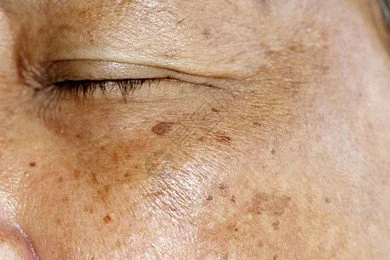

Where to Buy Tomato Extract?
Tomato extract, sourced from the fruit of Lycopersicon esculentum, is a potent botanical ingredient rich in lycopene (CAS No. 502-65-8) with a molecular formula of C40H56 and a molecular weight of 536.88. This dark red powder, available in purity levels from 5% to 98% and verified by HPLC, is perfect for use in food, cosmetics, and scientific research.
Rebecca proudly offers the world's first large-scale biologically produced tomato lycopene extract, providing premium quality and purity directly from our manufacturing facility. Whether for commercial production or research, our product ensures consistent excellence to suit your needs.
To learn more or place an order, please reach out to us at information@sxrebecca.com. Our knowledgeable team is ready to provide detailed information on our production standards, quality assurance, and how our lycopene extract can support your specific application.
References
- Kołodziejczyk, K., et al. (2020). "Characterization of Tomato (Solanum lycopersicum L.) Fruit Extracts: Phenolic Compounds Profile and Antioxidant Potential." Journal of Agricultural and Food Chemistry, 68(26), 7009-7018.
- Rizwan, M., et al. (2021). "Tomato-Based Ingredients for Skin Care: Antioxidant Properties and Safety Considerations." International Journal of Cosmetic Science, 43(2), 123-132.
- Cooperstone, J. L., et al. (2019). "Tomatoes and Lycopene in Human Health and Disease: A Review." Food and Chemical Toxicology, 124, 295-306.
- Cosmetic Ingredient Review. (2018). "Safety Assessment of Solanum lycopersicum (Tomato)-Derived Ingredients as Used in Cosmetics." CIR Expert Panel Meeting Report.
- European Food Safety Authority. (2022). "Scientific Opinion on the Safety of Lycopene as a Novel Food Pursuant to Regulation (EU) 2015/2283." EFSA Journal, 20(3), e07083.
- U.S. Food and Drug Administration. (2021). "Guidance for Industry: Labeling of Certain Tomato Products." FDA Guidance Document.
